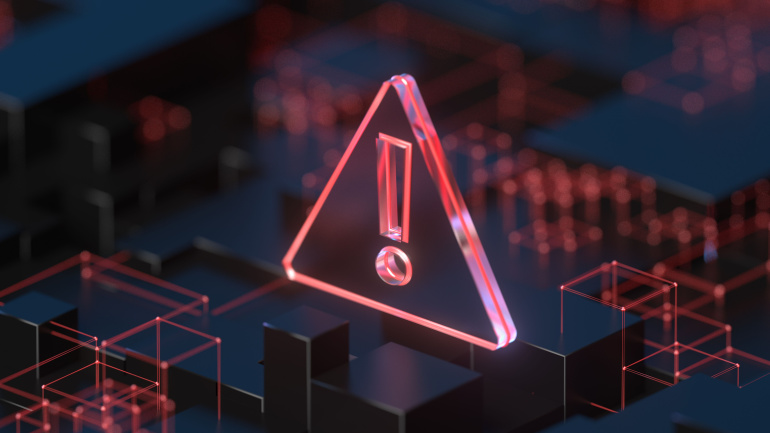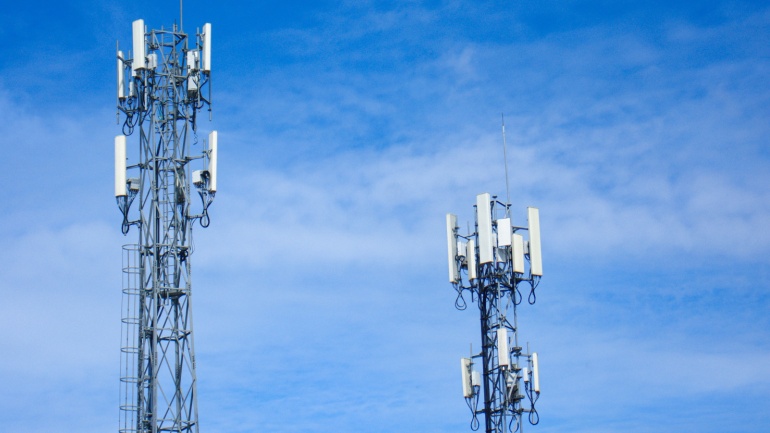In a sea of technological advancements, there’s a rising tide of cybersecurity threats that are shifting their course. According to a report by the cloud platform, Akamai, there’s been a notable shift in hackers’ tactics. Instead of phishing, abusive use of software vulnerabilities has taken center stage.
The report, intriguingly titled ‘Ransomware on the Move: Evolving Exploitation Techniques and the Active Pursuit of Zero-Days’, highlights a concerning trend. There has been a significant leap of 143% in the number of victims during Q1. This increase is attributed to higher incidents of zero-day and one-day vulnerabilities.
To break it down into simpler terms, zero-day vulnerabilities are essentially unguarded sections in software security layers. These vulnerabilities have either not been spotted by the developer or there’s no patch currently available to fix them.
This shift in ransomware approach is not just about exploiting unidentified software loopholes. It also involves the threatening act of exfiltrating files from victims. Remarkably, the study suggests that victims of multiple ransomware attacks are almost six times more likely to face another attack within three months of the first incident.
Another striking finding of the report is that a significant portion of the victims belong to organizations with revenues up to US$50 million. The rationale is that more modest companies often possess constrained security resources, thereby making them easier targets for infiltration.
More specifically, the study identifies five sectors at high risk in EMEA – manufacturing, business services, retail, construction, and education. These industries face heightened risks owing to their reliance on specialized and legacy operating systems, along with a broader base of connected devices, hence presenting a larger attack surface.
As for the sources of these attacks, the research points out the rising influence of CL0P in the EMEA ransomware scenario. Flourishing at an 11 times growth rate, CL0P is a prime player in this realm, with the notorious LockBit malware responsible for a sizeable 45% of attacks in EMEA.
Richard Meeus, Director of Security Technology and Strategy at Akamai, warns organizations of the evident threat. Meeus mentions, “Ransomware continues to be the Achilles’ heel of organizations of all kinds…Businesses should be on high alert that ransomware is indeed on the move…”
The outlook echoes the prevailing sentiment of heightened cyber threats across the board. In fact, reports from Verizon, Orange Cyberdefense, and Nokia echo this sentiment with sharp increases in costs per ransomware attack, volume of cyber extortion attacks, and use of IoT devices in DDoS attacks respectively.
The proliferation of IoT, specifically within the industrial sector, has been seen as a key component of next-generation telecom technology. However, this burgeoning IoT landscape opens up more avenues for malicious actors to launch attacks. Hence, rising awareness and combating these new threats will be crucial in maintaining a positive image of the IoT sector in the future.







